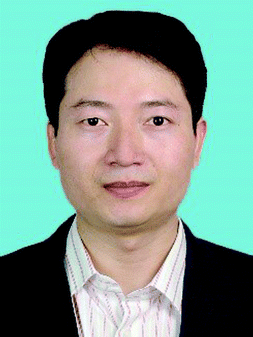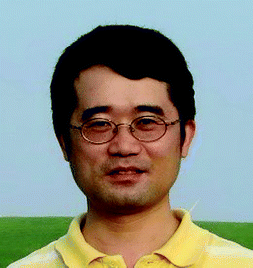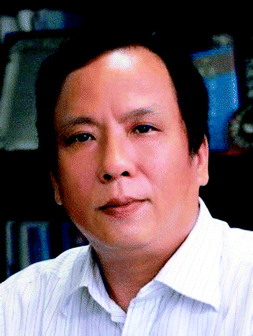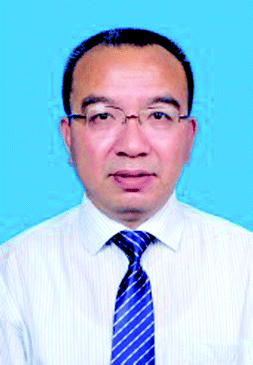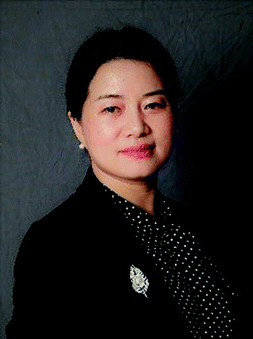Celebrating 60 years of the Fujian Institute of Research on the Structure of Matter
Qingdong
Zheng
*a,
Xueyuan
Chen
a,
Maochun
Hong
a,
Rong
Cao
a and
Zhang
Lin
b
aFujian Institute of Research on the Structure of Matter, Chinese Academy of Sciences, China. E-mail: qingdongzheng@fjirsm.ac.cn
bSchool of Metallurgy and the Environment, Central South University, China
Founded in 1960 by academician Jiaxi Lu, FJIRSM is one of the excellent research institutes of the Chinese Academy of Sciences. After 60 years of development, the institute has become a comprehensive research base for structural chemistry, new materials (including nanomaterials), device integration, and relevant applications. FJIRSM currently has more than 1000 employees, including 2 academicians of the Chinese Academy of Sciences, 120 professors and 179 associate professors.
In recent years, FJIRSM has been continuously strengthening the construction and development of high-level technological innovation platforms, including the State Key Laboratory of Structural Chemistry, the Key Laboratory of Design and Assembly of Functional Nanostructures of the Chinese Academy of Sciences, the Key Laboratory of Optoelectronic Materials Chemistry and Physics of the Chinese Academy of Sciences, the National Research Center for Optoelectronic Crystal Material Engineering Technology, and the Key Laboratory of Coal-to-Ethylene Glycol and Related Technologies of the Chinese Academy of Sciences.
FJIRSM is seeking and welcomes cooperation from all domestic and international materials-related research institutions, and also welcomes scientists around the world to join the FJIRSM in its mission of “focusing on original basic research, strengthening innovation, and promoting the transfer of achievements”.
This special themed issue celebrates the 60th anniversary of FJIRSM, and showcases a selection of papers from current professors and alumni of FJIRSM, including reviews, full papers and communications, highlighting the most recent progress in all branches of nanoscience and nanotechnology, ranging from the synthesis, assembly, characterization, modelling and simulation of nanomaterials, and their applications in biomedical and energy-related fields, catalysis, sensing, light-emission and displays, to environment-based applications.
Read the collection here: https://pubs.rsc.org/en/journals/articlecollectionlanding?sercode=nr&themeid=2d0c0bd6-e937-455e-b4b7-7823457464ba.
We would like to thank the authors who contributed their work, and the experts who participated in the review process and provided their valuable comments to the authors to improve the quality of the papers. We also appreciate Dr Michaela Mühlberg and Dr Hannah Kerr, as well as the editorial team, for their help and support in bringing this themed collection to press.
| This journal is © The Royal Society of Chemistry 2020 |

